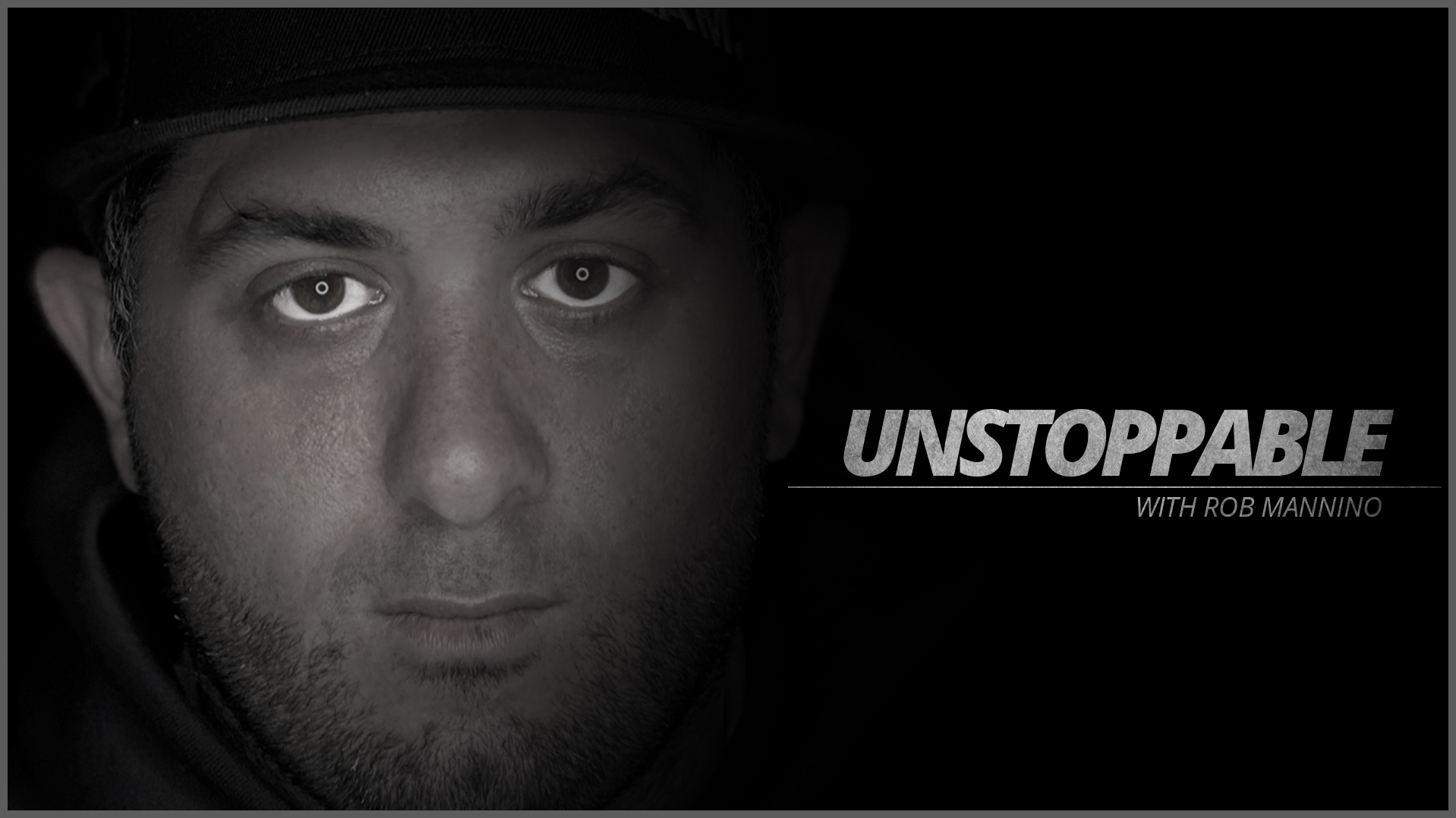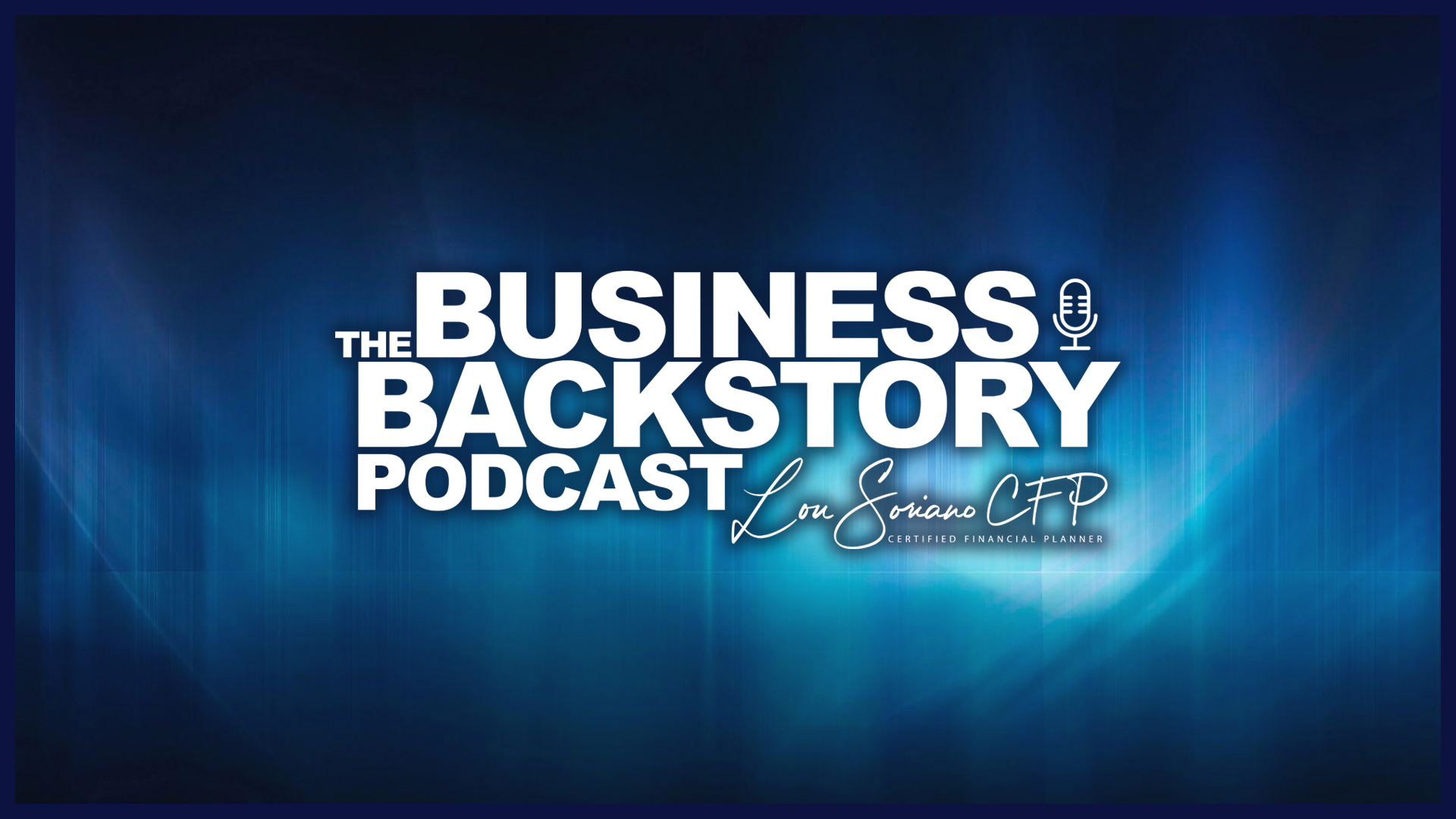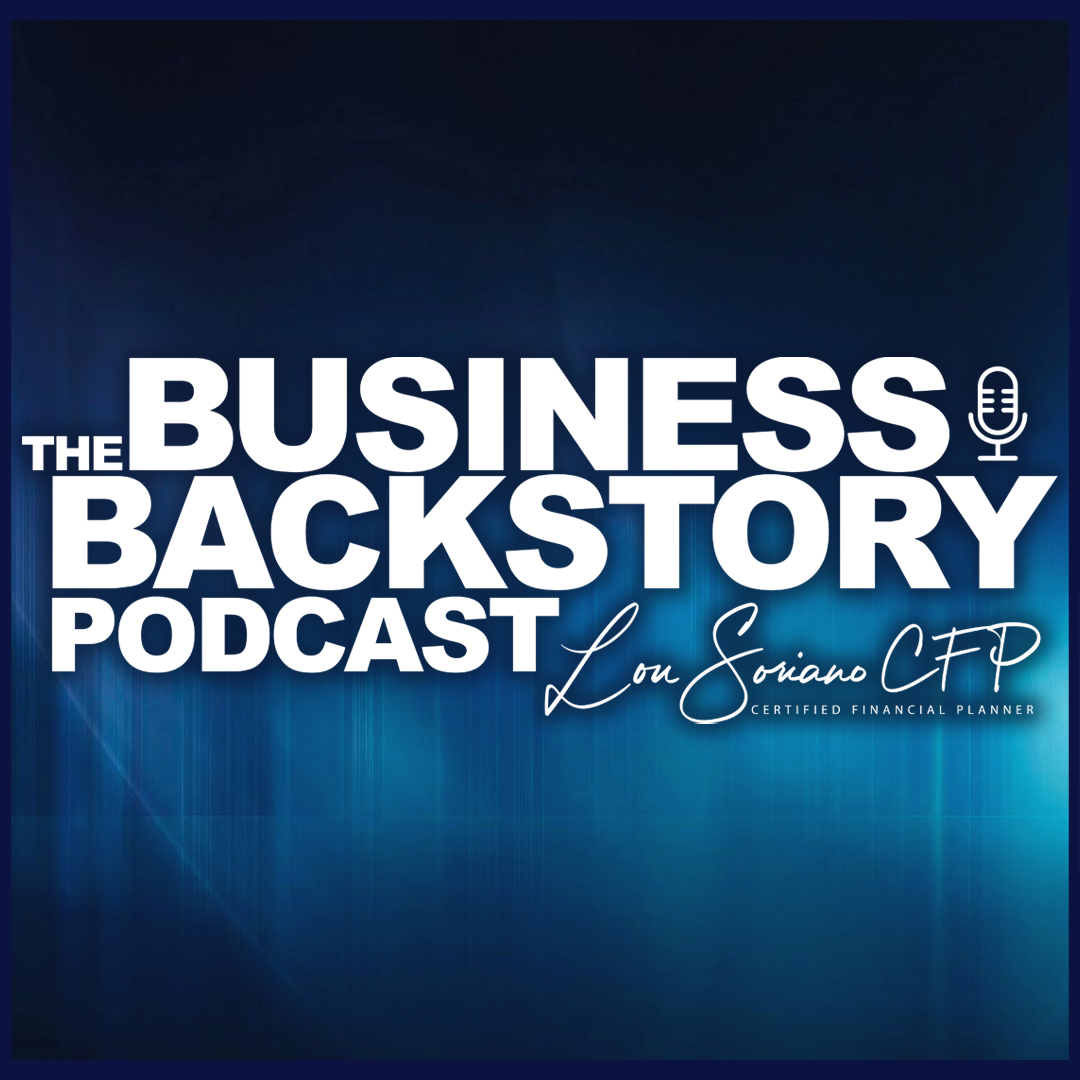
February 2021
3 Min Read
5 Digital PR Mistakes You Should Never Make
Didit CEO Kevin Lee recently interviewed Gregor Galant, founder of MuckRack, a digital PR platform used both by PR professionals and journalists. Mr. Galant has many years of experience in PR and has seen the profession evolve from the old “golden rolodex” days to today’s mix involving multiple channels, including SEO, social media, and paid media.
The wide-ranging discussion included unpacking a topic sure to be of interest to budding, as well as seasoned PR professionals: those mistakes most frequently made by PR professionals.
Let’s look at what some of these mistakes are — and how you (or your agency) can avoid them:
1. FAILURE TO CUSTOMIZE THE PITCH
Because it’s so easy to simply gather an email list of, say, 50 journalists who might be interested in a given press release and blast them a single (un-customized) pitch, this tactic continues to be used by many PR pros. Unfortunately, this spammy tactic typically results in abysmally poor response rates; worse, it may anger — or at least annoy — journalists, causing them to “tune out” future releases. It is far better to compile a much smaller list of journalists and — only after carefully reading what they’ve actually written and understanding each’s unique POV – than send them individualized, customized releases that may actually be relevant to them and thus far more likely to generate a response.
2. FAILURE TO TIE RELEASE TO A TREND
With rare exceptions, journalists will not pay much attention to your release if it simply announces a new product, new hire, or other achievement. But some journalists may actually be interested in your release if the announcement ties in with a bona fide trend that’s happening in your business space. Don’t make the mistake of making your goal a media placement that exclusively mentions your new product; a more reasonable objective is to have it included (perhaps with other products from other vendors) in what journalists call a “trend piece” that uses your release as supporting evidence for a larger trend that will be of interest to a wider audience.
3. FAILURE TO TRACK MEDIA CONTACTS
In decades past, it was rare that a print or TV journalist would change his/her job title, employer, or covered beat more than once a year. Today, journalists — especially those whose publications are pure digital properties, may move from title to title — or employer to employer — much more frequently. Unless the PR professional takes active steps to keep his/her list of contacts up to date, the value of his/her “virtual rolodex” will decline very quickly, so don’t make this mistake. Being in active contact with journalists’ social media feeds will ensure that contact lists do not excessively drift.
4. FAILURE TO INCLUDE AN IMAGE
Journalists — especially online journalists — tend to be overworked (many online journalists are required to file multiple stories each day), and anything that you can do to help them produce a finalized, blog-ready piece will help you. As Mr. Galant observes in the interview, including an image with your release –one that can be used by the journalist you’re reaching out to – can distinguish your release from those that lack them and make it more likely that it will be picked up.
5. OVER-RELIANCE ON “BOILERPLATE” QUOTES
Many PR releases include anodyne quotes from the C-suite whose purpose seems to be more aligned with not offending anyone than in actually stimulating the interests of journalists and the readers who will ultimately consume the journalists’ work. This happens because press releases are typically vetted by a committee including corporate, HR, and legal department representatives. The result, unfortunately, is releases which are bland and boring. The best way to avoid this issue is to have someone on your internal committee who actually can, as Mr. Galant puts it, “put on the hat of a journalist” who can discern what will actually be of interest to the reader and create content that effectively tells a compelling story.
You can view the complete interview between Kevin Lee and Gregory Galant at the link below:
https://youtu.be/zP5mSqApLnQ



















































